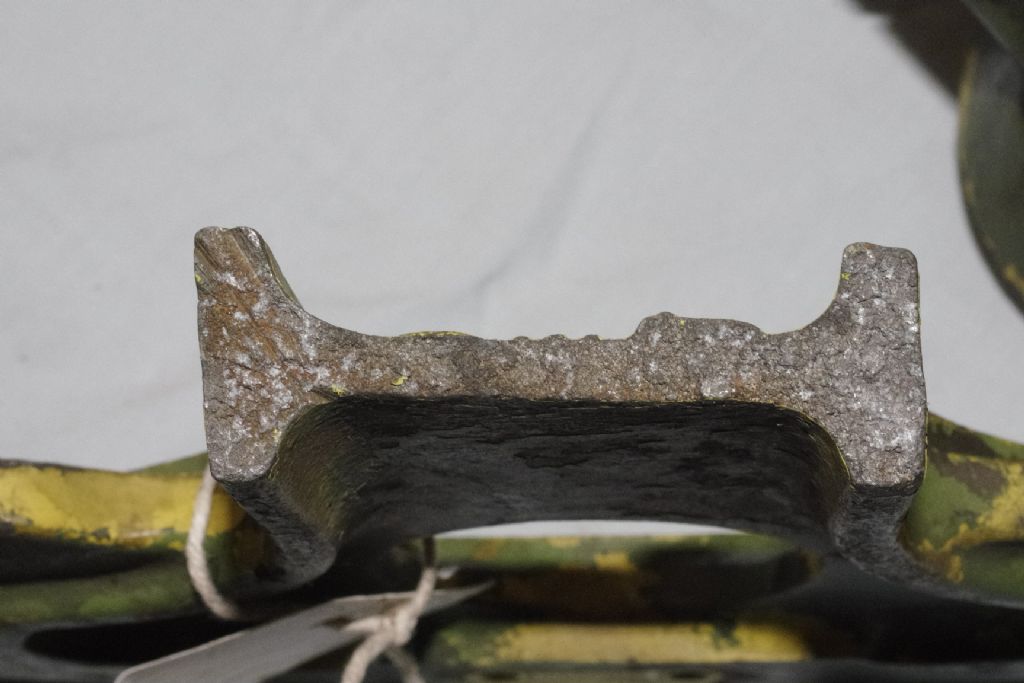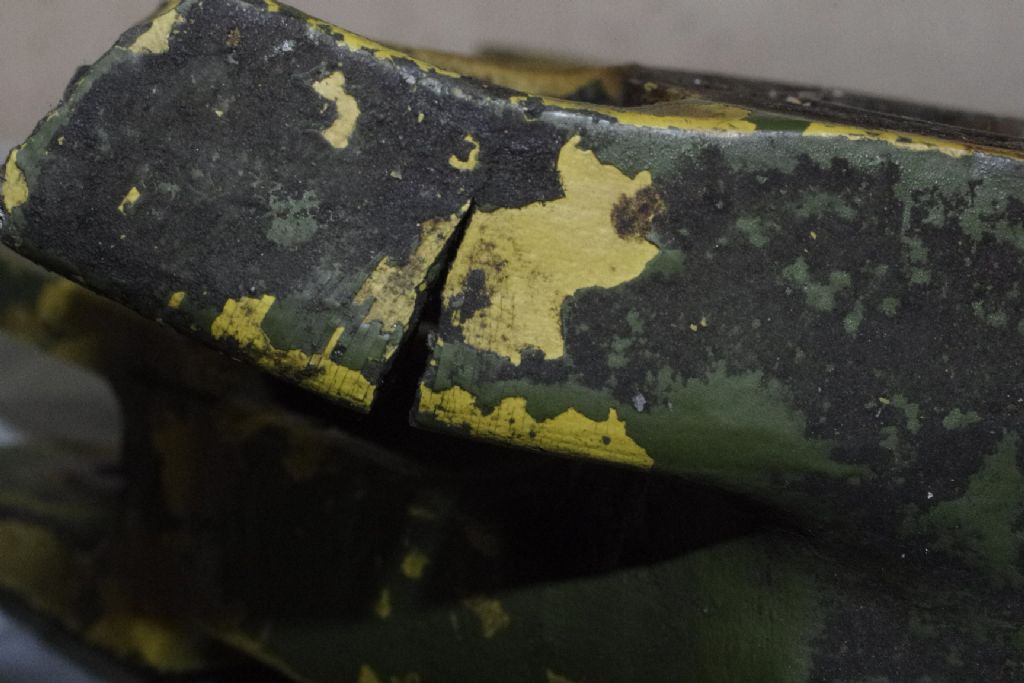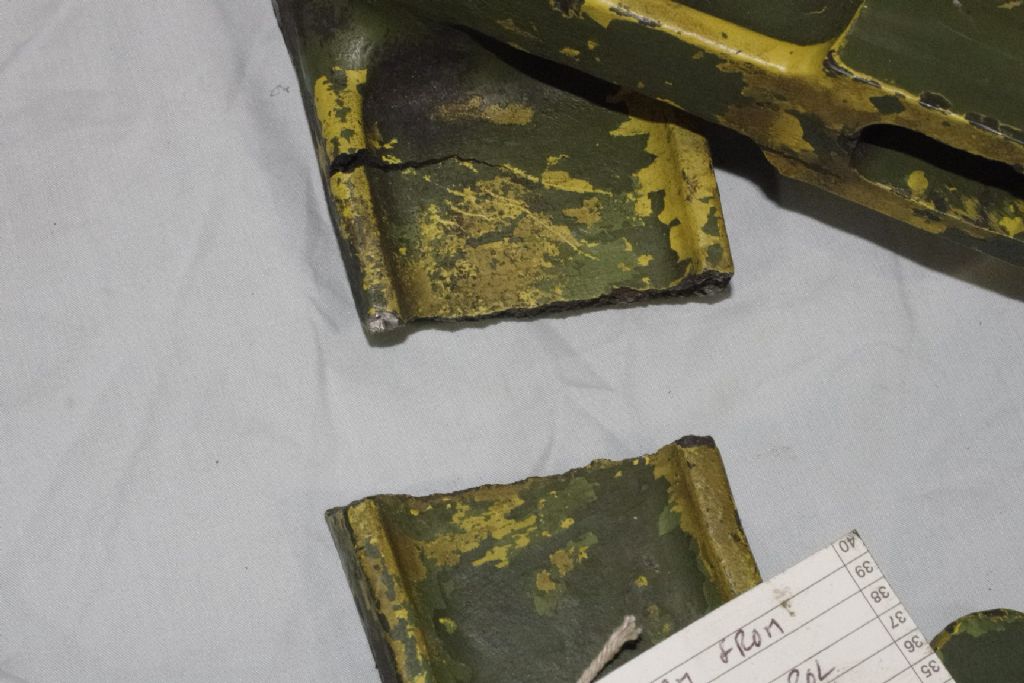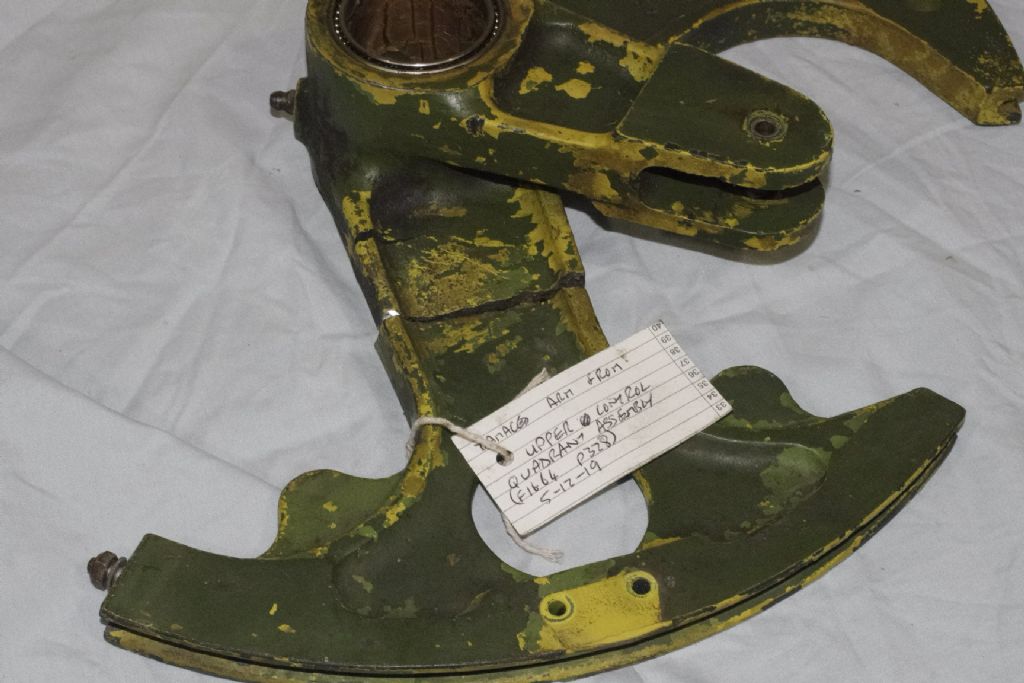Slight repair required
Slight repair required
- This topic has 22 replies, 17 voices, and was last updated 21 December 2019 at 10:37 by
SillyOldDuffer.
Viewing 23 posts - 1 through 23 (of 23 total)
Viewing 23 posts - 1 through 23 (of 23 total)
- Please log in to reply to this topic. Registering is free and easy using the links on the menu at the top of this page.
Latest Replies
Viewing 25 topics - 1 through 25 (of 25 total)
-
- Topic
- Voices
- Last Post
Viewing 25 topics - 1 through 25 (of 25 total)
Latest Issue
Newsletter Sign-up
Latest Replies
- Tool post drill?
- Searching for leak proof quarter turn water shut off valves
- Boxford Cud or ML7
- Hydraulic hand pump – air release? What are these screws?
- 30w low voltage PWM controller
- DIY steel hardening
- Need help choosing a lathe chuck
- A modern mystery (Yanmar injectors)
- New Warco D330 – Some Advice Please
- Mystery Object Quiz









